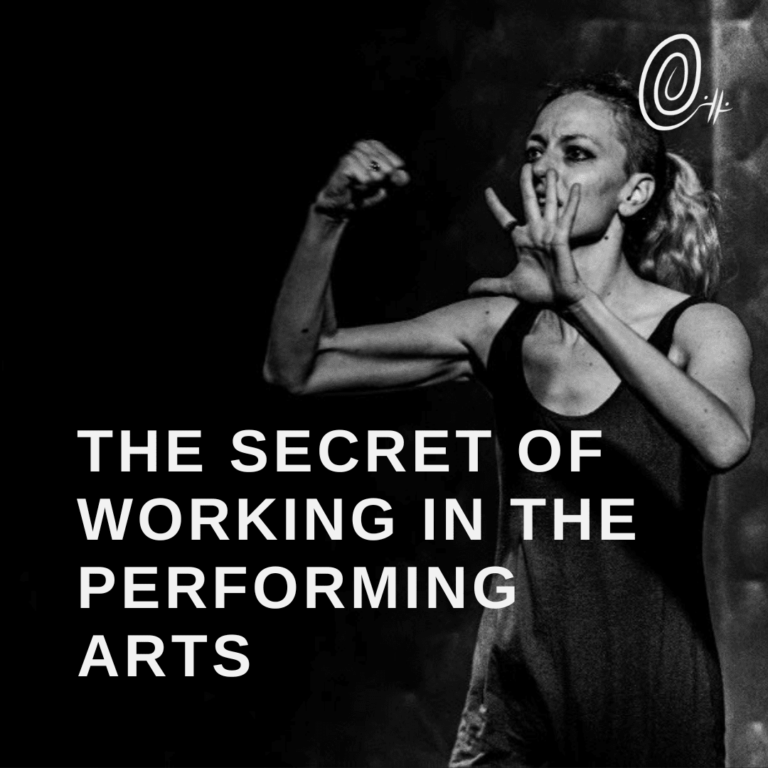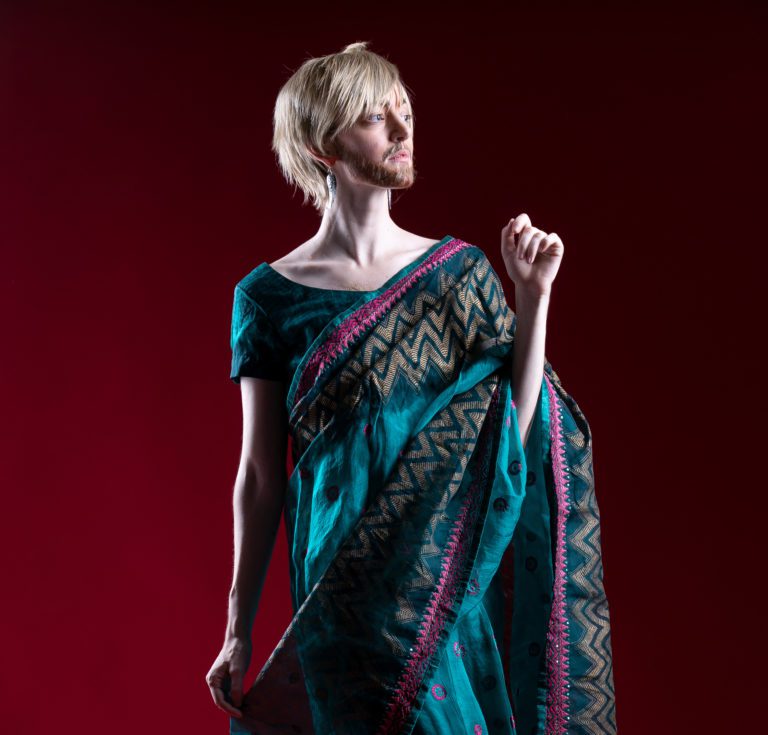How to Use Movement to Build Characters for Stage and Screen
When you are building characters for the stage or the screen, movement is hugely important. It’s probably more important for stage as the screen is more focused on the face and tighter frames, but nonetheless understanding how movement works for characters is a great skill to have for any actor. I also think it’s important for dancers, especially those working more in dance theater or physical theater (also known as mime in some circles).
Movement can help you define characters by age, gender, and personality. While the costume and makeup is of course important, it can still feel fake if it’s not backed up with genuine movement. In other words, you have to inhabit that costume not as you but as the character you are playing.
In this article I’ll share some of the techniques I use as a performing artist who regularly develops characters of both genders (and neither) across a variety of ages. The techniques described here are based on my training as a dancer but correspond to storytelling techniques I’ve picked up from physical theater and acting as well.
Studying movement to use movement
One of the best things you can do to understand how movement works in different characters is by studying people – and yourself.
Movement has cultural codes. People in different cultures move differently. This is also true for generational culture and sub-cultures. Codes can be how people greet each other (both for strangers or friends as well as members of the same or different genders), how they interact in pairs, how they interact in public, and typical gestures.
Try to become aware of these codes, both for your own sub-cultures and those around you. Versatile actors and performers can code switch completely, effectively adjusting their internal context so we as viewers associate them with that different context. This helps a lot when you build characters for stage or screen.
One acting exercise I used to do was to walk behind people (a safe distance and in a crowded place like the subway, I’m not a creep) and study their walks. I noticed how some men would walk like cowboys, and how people of different ages walked. I noticed how they placed their feet, if their arms swung, how they held their shoulders. Then, I would try to imitate it and see how strange it felt in my own body to walk like them.
This last part is important. The reason I say you have to study your own movement is because you come with your own cultural codes and habits as well, and it’s easier to change your habits when you are aware of them. Try to note how you walk, the gestures you do habitually, and also try to understand what you are your unique movement codes as well as those of your various cultural circles.
Transforming yourself through movement
When you start actually shifting into a character through the use of physical theater, it can be overwhelming and a little confusing. Much of how we move as people is unconscious, so it’s easy to forget and slip into your own habits. Because of that, it’s important to find just a few basic ‘tells’ for the character that define their movement language. That might be one significant change to your walk and two base gestures when they talk, which is enough to remember and gives you a way into that character.
One thing I particularly like doing as a performing artist is making characters of different genders. I personally identify as agender, so any kind of gendered character is like wearing a costume for me. But what’s interesting about that is that you can play with characters across the gender spectrum, no matter where you fall on it.
This is part of the allure of drag and cross dressing, as the costume gives you access to a new set of movement codes that you can use. For that reason I do like to create male characters, as it’s something new. It’s also harder, and I have to spend time figuring out what it is exactly that we respond to as a gendered movement.
For this part, practice really does make perfect, and it’s necessary to take the rehearsal time to settle into the character’s physicality. It might feel very awkward at first, but keep paying attention and working and slowly you’ll see the difference.
Improving emotional range through physical theater
Each new character you play might have different ways of showing emotion, or even a different emotional range. Their ability to express themselves might not be the same as you, and exploring the extent to which they do, actually, move can be a fascinating experiment in storytelling techniques and acting techniques.
Physical theater is all about using movement to create situations and explore emotions through gestures. One exercise I really like is talking one gesture and encoding it with emotions – sad, happy, angry, nervous, etc. Then you can also explore making it bigger or smaller, and more or less expressive.
As mentioned above, at the beginning you should start with just a few movement tells that define the character so you don’t get confused. As you get comfortable with each new code, however, you can start to add more one by one, to enrich the colors of the character’s physical life and presence.
There are as many unique movement signatures as there are people in the world. When you build characters for the stage and screen, you might want to zone in on those which are more noticeable or less like yourself.
At the end of the day, the best advice I can give for creating characters that have distinct movement from yourself is to know what your own movement is!







